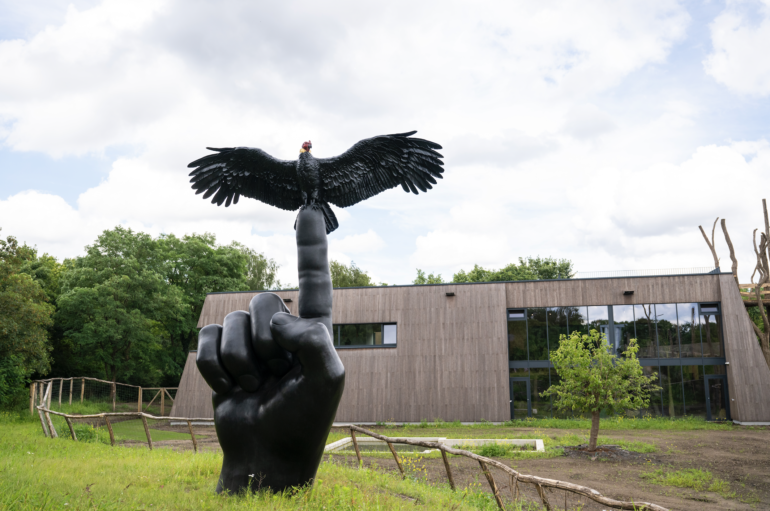If asked to name the cultural capital of Belgium, Brussels would immediately come to mind, synonymous with Master of Surrealism Magritte and the eponymous Art Brussels annual art fair. Yet, there is a lesser known gem of a cultural city less than two hours by train from Brussels – the city of Genk.
Genk is historically known as a mining town rather than a centre for arts and culture, but this changed in recent years thanks to the progressive thinking of Genk’s Mayor Wim Dries and Belgian artist Koen Vanmechelen. Art lovers making the journey to Genk should head straight for C-Mine and LABIOMISTA, two former mining sites transformed into centres of art and culture.
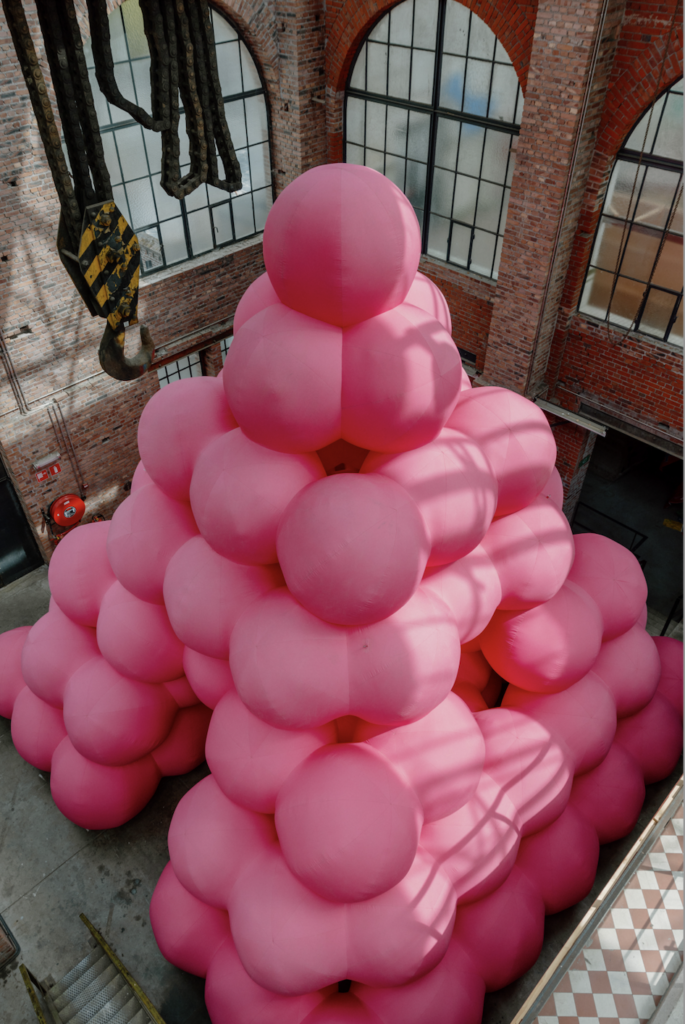
C-Mine is presenting arts festival Any Way the Wind Blows until 15th September, one of the largest group exhibitions the artistic site has ever hosted. For this contemporary arts festival, more than 40 national and international artists, designers and architects work about and with air.
Any Way the Wind Blows is a thematic art trail that stands out in its diversity thanks to the multitude of works by emerging and established Belgian and international artists. Visitors can follow a trail that covers the entire Energy Building and a large part of the C-mine site.
Curated by Laurens Mariën, the arts festival features artworks by; Cyril Lancelin (FR), Kamiel de Waal (BE), 019 (BE), Haseeb Ahmed (US), Loulou João (BE/DRC), Dennis Tyfus (BE), Sharon Van Overmeiren (BE), Shirley Villavicencio Pizango (BE/PE), Winnie Claessens (BE), Plastique Fantastique (IT/KR), The RedBall project (US), Kasper De Vos (BE), Karina Beumer (NL), Ada Güvenir (BE/TR) and Lotte Vrancken (BE).
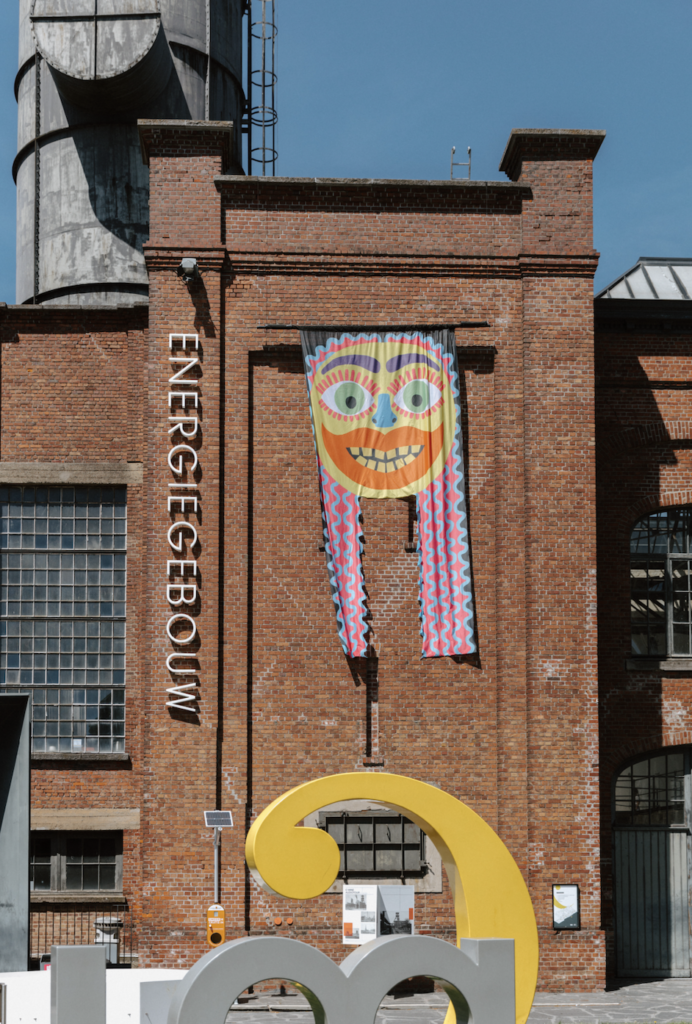
Any Way the Wind Blows is not a classic exhibition, but a track in which the visitor is challenged to leave well-worn paths and relate to the most vital element on this earth; air. The featured works and installations are diverse, ranging from bouncy castles designed by artists to a machine that mimics wind currents; from gigantic, inflatable sculptures to an endless pogo on the roof. Visitors will also be actively involved in the festival, and besides throwing paper kites into the theatre’s stands, they can also create their own artistic kite inspired by the designs of 31 artists designing a brand new kite.
Louise Osieka, Director-Intendant C-mine: “With ‘Any Way the Wind Blows’, we want to invite different generations of visitors to experience the poetic, sculptural and political meaning of air at this special venue. Let your visit be more than observing and thinking; feel, dance, jump, bounce, fall, hide, listen, throw, catch, build, crumple, fail and play. Above all, don’t forget to play.”
Many of the featured artworks were conceived to be experienced while doing and moving, from Calder’s mobiles and Richard Serra’s tiles, to Sharon Van Overmeire’s inflatable castle, Plastique Fantastique’s inflatable mega-artworks, and Haseeb Ahmed’s Library of the Winds, Laurens Mariën’s curation emphasises that play need not be restricted to younger visitors in particular, quite the contrary.
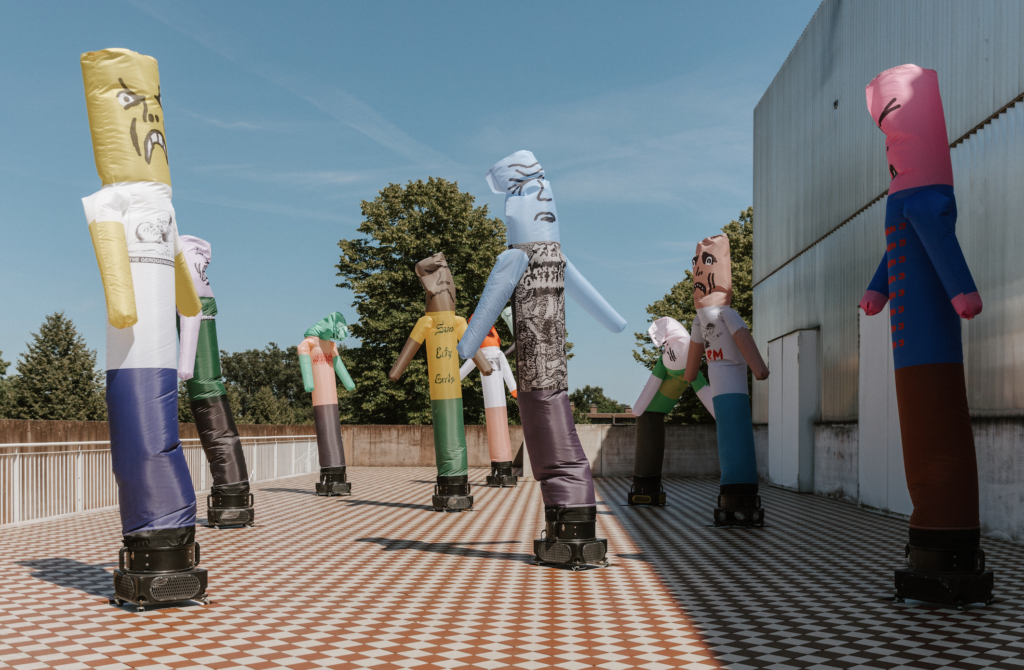
Library of the Winds is an impressive lottery machine that provides sensory translation of the most famous winds: visitors thus experience everything from the Sirocco to the intense Mistral from which French sailors claim to be driven to madness.
Just like ‘WORDS’, ‘HOST’, ‘MUSIC’ and ‘DESIGN’, ‘PLAY’ is also one of the main pillars with which C-mine sets up its cultural programme every year, thus following the findings that Dutch historian Johan Huizinga already concluded in 1938 and that we too often forget in our everyday, serious rush-rush world.
Laurens Mariën, curator ‘Any Way the Wind Blows’: “As curator and programmer, I want art to reach as diverse an audience as possible without – something that does happen more often than not – this necessarily bogging it down in commercial work or losing quality. How do we achieve art that wouldn’t be out of place both at MOMA and a fairground? Which art can stand up in both contexts and connect audiences? Part of my work starts from these questions.”
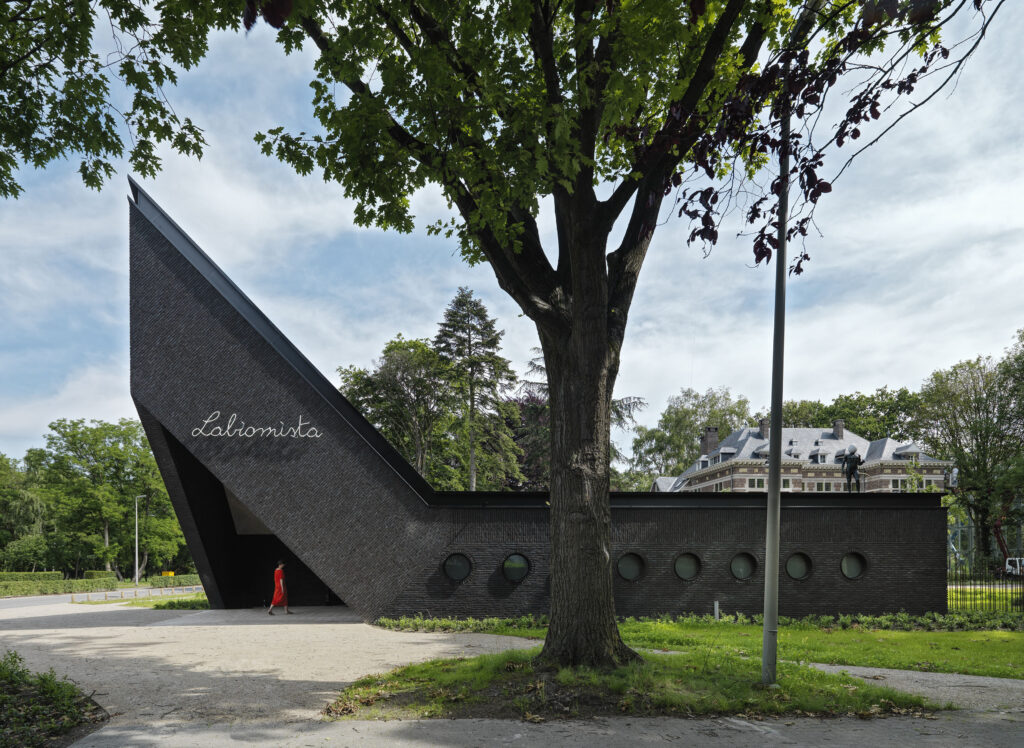
Not far from C-Mine is LABIOMISTA a 24-hectare park, museum, sculpture garden and research centre on the site of a former zoo. A meeting of minds between Mayor Wim Dries and artist Koen Vanmechelen led to the creation of LABIOMISTA, which Vanmechelen has spent the past five years turning into a living work of art featuring his sculptures, artworks, architecturally significant buildings and wild animals.
Artist Koen Vanmechelen unveiled Future Garden on 25th August, a lab for humans, nature and technology, and a ‘temple for tapirs’. Ecological complex and laboratory Future Garden was designed by the artist as an energy-efficient 850 m² complex featuring a mastaba-like structure with a striking bridge and extensive animal pastures. Itl houses a pair of tapirs—an endangered species symbolizing diversity, fertility, and adaptation—along with a studio and a research laboratory.
Future Garden will serve as a unique hub for research, dialogue, and discovery at the intersection of humans, nature, and technology. The projects developed here will contribute to the transition toward a more symbiotic society that harmonizes culture and nature, a movement Vanmechelen terms the Cosmopolitan Renaissance.
Koen Vanmechelen: “In Future Garden, humans, nature, and science converge. As we grapple with our own existence and our environment, a potential revolution takes root in our gardens, the cradle of our future.”
The tapir, a mammal primarily found in Southeast Asia and South and Central America, has fossils that have been discovered worldwide. For Vanmechelen, the tapir embodies the essence of Future Garden. This remarkable animal represents the hybridity of life, symbolizing diversity, fertility, and adaptation. With the head of an elephant, the legs of a rhino, and the body of a wild boar, tapirs have been enhancing our planet for over 50 million years. Their unique prehensile noses allow them to excel as seed dispersers and fertilizers within ecosystems. As ‘living fossils’ and ‘gardeners of the jungle,’ they carry the wisdom of the past while planting the seeds for the future.

At LABIOMISTA, tapirs will enjoy a habitat of more than 2800 m2 alongside the Brown Hokkos (another endangered species from the pheasant family), also known as the lucky bird. Together with the artwork ‘See Me’—a life-size bronze condor perched on an oversized human finger—they encourage visitors to think beyond the Anthropocene.
Any Way the Wind Blows is at C-mine until 15th September, 2024: https://c-mine.be/en
More information on LABIOMISTA and Future Garden can be found here:https://www.labiomista.be/en


